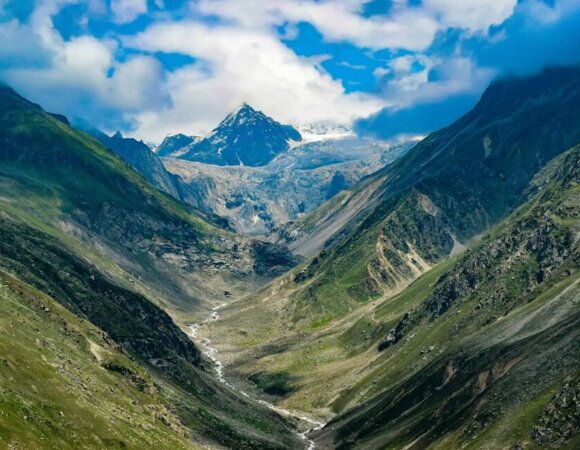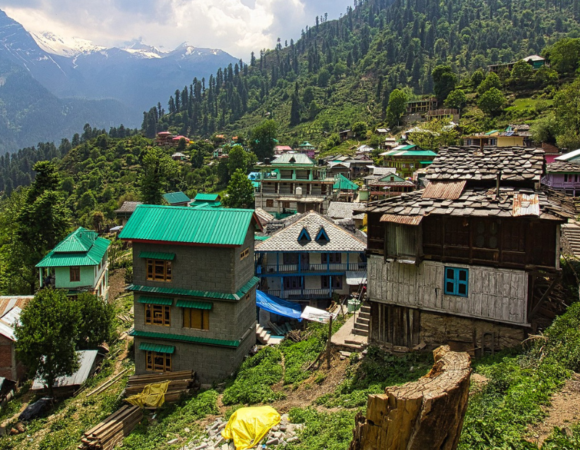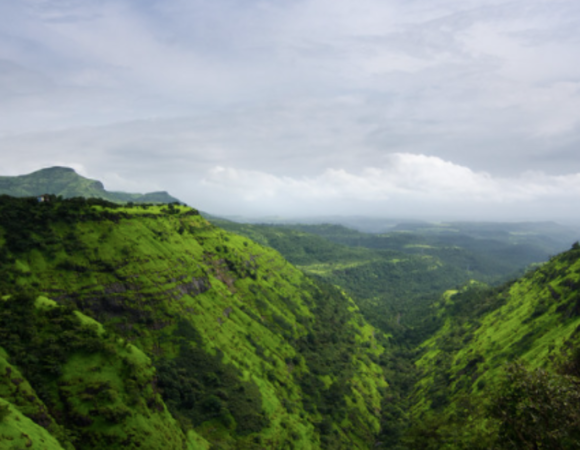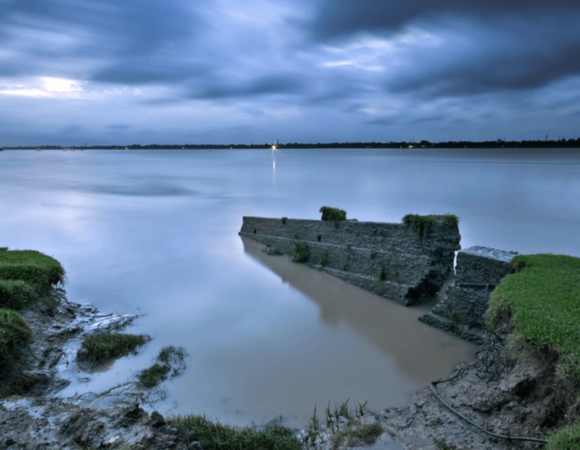Shiva Temples in Uttarakhand, Key Aspects & FAQ’s
In the heart of the magnificent Himalayan mountains, nestled amidst the pristine beauty of Uttarakhand, lie ancient sanctuaries that echo with the whispers of time. These are the revered Shiva temples in Uttarakhand, each a testament to the deep spiritual roots that have entwined with the natural grandeur of the region.
Table of Contents
Toggle
Lord Shiva is a prominent deity in Hinduism, known as the destroyer and transformer within the Trimurti, which consists of three main aspects of the divine: Brahma (the creator), Vishnu (the preserver), and Shiva (the destroyer). Shiva is revered as the ultimate reality, the cosmic consciousness, and the source of both creation and destruction.

Key Aspects of Lord Shiva:
Destroyer and Transformer:
Shiva’s role as the destroyer is not about causing harm, but rather about breaking down the old to make way for the new. Destruction in this context refers to the dissolution of the old patterns, ignorance, and ego, allowing for spiritual growth and transformation.
Austerity and Meditation:
Shiva is often depicted as a yogi absorbed in deep meditation. His ascetic lifestyle and meditation symbolize detachment from worldly desires and a quest for higher consciousness.
Nataraja – The Cosmic Dancer:
Shiva’s dance, known as the Tandava, represents the cosmic cycle of creation, preservation, and destruction. This dance also signifies the rhythm of life and the universe.
Third Eye:
Shiva is often depicted with a third eye on his forehead, which represents spiritual insight, inner vision, and the ability to see beyond the material world.
Trident (Trishul):
The trident represents the three aspects of creation, preservation, and destruction. It also symbolizes the control over the three gunas (qualities) – sattva, rajas, and tamas.
Snake and River Ganga:
A snake around Shiva’s neck signifies his mastery over fear, death, and ego. The River Ganga flowing from his hair represents the flow of divine knowledge and purity.
Blue Throat (Neelakantha):
Shiva’s throat turned blue due to his act of drinking the poison that emerged during the churning of the ocean by gods and demons. This act saved the universe from destruction.
Family:
Shiva is often depicted with his consort Parvati and their sons Ganesha and Kartikeya. This family aspect symbolizes the balance of male and female energies in the universe.
Shiva Temples in Uttarakhand, India
1. Mount Kailash
Kailash is considered Shiva’s abode and is a sacred mountain in the Himalayas. It’s believed to be the place where he resides in meditation.
Shiva’s multifaceted nature reflects the complexities of existence and spirituality. He represents the eternal cycle of birth, death, and rebirth, emphasizing the impermanence of the material world and the importance of transcending it to attain spiritual liberation. Shiva is a beloved figure in Hinduism and is revered by millions as a source of inspiration, guidance, and transformation.

Uttarakhand, being a land of spirituality and natural beauty, is adorned with numerous Shiva temples that hold deep significance for devotees and travelers alike.
2. Kedarnath Temple:
The Kedarnath Temple, nestled amidst the Himalayas in Uttarakhand, India, is a sacred destination dedicated to Lord Shiva. It holds immense spiritual significance as one of the twelve Jyotirlingas, representing the self-manifested form of Shiva. Pilgrims embark on a challenging journey, trekking through picturesque landscapes to reach the temple.

The temple’s simple yet ancient architecture and the conical lingam inside inspire reverence and introspection. Open from late April to early November, Kedarnath offers not only a place of worship but also a transformative pilgrimage experience, connecting devotees with nature and spirituality in the heart of the Himalayas.
3. Tungnath Temple:

Perched at a breathtaking altitude of 3,680 meters (12,073 feet), Tungnath Temple stands as a serene and revered jewel amidst the Himalayan splendor of Uttarakhand, India. As the highest Shiva temple in the world, Tungnath doesn’t just captivate with its panoramic views; it also beckons the devoted and the adventurous alike to its tranquil abode.
4. Rudranath Temple:

Deep within the heart of the Himalayas, where nature’s splendor meets spiritual resonance, lies Rudranath Temple. A journey to this sacred site is a journey through legends and landscapes, merging myth with reality in the embrace of the mountains.
5. Madhyamaheshwar Temple

In the serene embrace of the Himalayas, a hidden gem awaits those who seek both spiritual solace and adventurous quests. This is the tale of the Madhyamaheshwar Temple, a place where divinity converges with untouched wilderness, and where the echoes of ancient devotion resonate through the ages.
6. Koteshwar Mahadev Temple, Rudraprayag
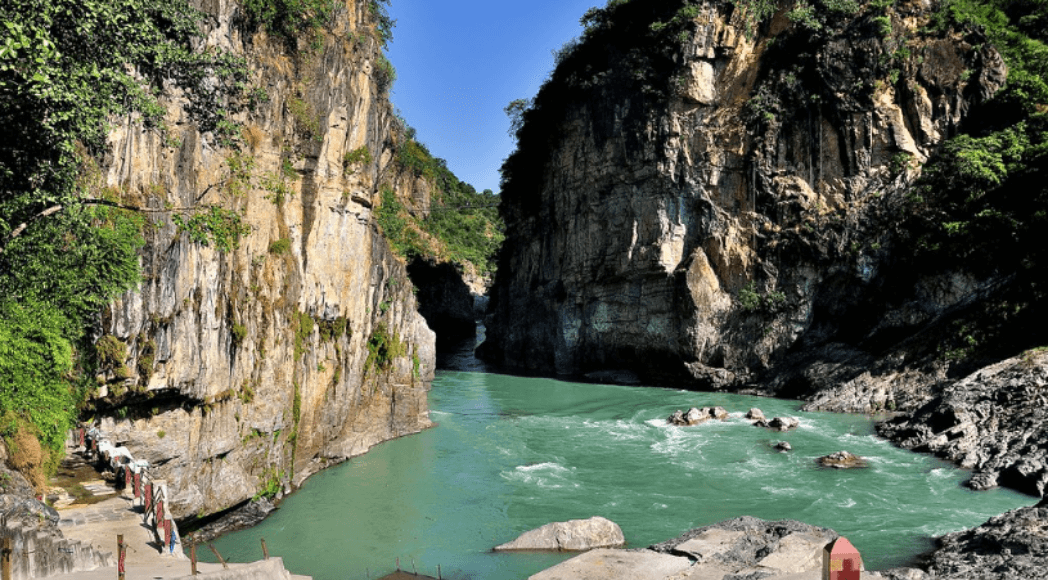
This ancient temple stands sentinel on a hill, overseeing the meeting of two mighty rivers, the Alaknanda and the Mandakini. It’s a place where the terrestrial and the celestial converge, where devotion finds its abode.
As I embarked on the journey to this sacred site, the murmurs of the rivers seemed to guide me. The ascent to the temple was not just a physical climb; it felt like a journey of the soul. With each step, I could sense the aura of divinity growing stronger.
7. Neelkanth Mahadev Temple, Rishikesh

In the mystical realm of Rishikesh, where the Ganges River serenades the mountains, a temple stands as a silent witness to a captivating legend. Neelkanth Mahadev Temple, perched amidst the verdant landscape, whispers the tale of Lord Shiva’s divine sacrifice and the indigo hue that adorns his throat.
As the story unfolds, it reveals a celestial churning of the cosmic ocean, an event that birthed both elixir and poison. Amidst the celestial turmoil, Lord Shiva emerged as the savior, swallowing the poison to safeguard the universe from its potent venom. The poison’s fiery potency turned his throat blue, earning him the name “Neelkanth” – the one with the blue throat.
8. Gopinath Temple, Chamoli

In the charming village of Gopeshwar, where the mist-kissed mountains seem to whisper ancient secrets, the Gopinath Temple stands as a timeless ode to devotion and architectural elegance. This tale transports us to the heart of Chamoli, Uttarakhand, where spirituality finds its embodiment in a sanctuary that transcends time and connects souls.
Nestled against the backdrop of the majestic Himalayas, the Gopinath Temple beckons travelers and pilgrims alike. Its intricate architecture, adorned with delicate carvings that seem to come alive under the sun’s gentle touch, tells stories etched in stone. As I approach, the scent of incense and the sound of softly uttered prayers weave an aura of sanctity, enveloping all who enter.
9. Kalpeshwar Mahadev Temple

In the heart of Uttarakhand’s mystical embrace stands a temple that seems to whisper tales of ancient legends to those who listen closely. Welcome to the Kalpeshwar Mahadev Temple, a sacred haven nestled in the Himalayan heights. Here, the air is crisp with devotion, and every stone holds the weight of stories passed down through generations.
As you embark on the pilgrimage to Kalpeshwar, the journey itself becomes a prelude to the temple’s mystique. The winding paths lead you through rugged landscapes, a gentle reminder that spiritual quests are often intertwined with challenges. With each step, you ascend not only in altitude but also in your connection with the divine.
10. Baleshwar Temple, Champawat

Baleshwar temple stands as a testament to the skill of artisans of yore, with its delicate stone carvings and exquisite design. Each carving seems to hold a narrative, as if the stones themselves whisper tales of the past. The temple’s sanctum, where the divine lingam resides, is a place of quiet reverence, where pilgrims and travelers alike find solace.
As you explore the temple complex, the peaceful ambiance of Champawat envelops you. The rustling leaves, the distant sounds of the town, and the soft light filtering through the trees create an atmosphere of serenity. It’s as if time slows down, allowing you to immerse yourself in the sacred aura of the place.
11. Rudreshwar Mahadev Temple, Haridwar
Bustling energy of Haridwar, where the Ganges flows with a rhythmic pulse, lies a haven of tranquility known as the Rudreshwar Mahadev Temple. This temple, nestled on the banks of the sacred river, carries within its ancient stones a story of serenity and devotion.

As the sun casts its golden hues upon the flowing waters, a gentle path veers away from the city’s clamor. Following this path, you’ll find yourself drawn to the temple’s entrance, where a sense of calm envelops you. The temple’s architecture, while modest, exudes an aura of timelessness, as if it has stood witness to countless moments of reflection and prayer.
12. Kashi Vishwanath Temple (Uttarkashi):
Towering peaks and whispering streams of Uttarkashi lies a haven of spirituality, the Kashi Vishwanath Temple. Just like its more famous counterpart in Varanasi, this temple stands as a tribute to Lord Shiva, the cosmic lord of creation and destruction.

Here, in the lap of the Himalayas, a sacred realm of devotion unfolds.As the sun casts its gentle glow on Uttarkashi, the Kashi Vishwanath Temple emerges, beckoning pilgrims and seekers alike. The temple’s architecture, though simpler than its namesake in Varanasi, exudes a tranquil charm that resonates with the serene beauty of the mountains.
Conclusion for Shiva Temples In Uttarakhand
Shiva temples form a tapestry of devotion and grandeur. From Kedarnath’s icy heights to Tungnath’s summit serenity, each temple narrates tales of faith and transcendence. Like the eternal flame in Neelkanth’s throat, these temples kindle the spark of divinity within. As pilgrims trek through forests and ascend hills, they uncover the essence of Shiva’s cosmic dance in every step.
Uttarakhand’s mountains echo with the chants of devotees, celebrating Lord Shiva’s prowess as both the creator and the destroyer. These temples are more than stone and mortar; they’re living chronicles of the divine dance between the heavens and the earth, where pilgrims and seekers become part of the eternal story.
Each of these temples holds a unique charm and significance, and visiting them offers not only a spiritual experience but also a chance to immerse yourself in the awe-inspiring landscapes of Uttarakhand.
What are the Panch Kedar temples in Uttarakhand?
The Panch Kedar temples are a group of five sacred shrines dedicated to Lord Shiva in his various forms. These temples are Kedarnath, Tungnath, Rudranath, Madhyamaheshwar, and Kalpeshwar, each situated in different parts of Uttarakhand.
How can I reach Kedarnath Temple?
Kedarnath Temple is accessible by a trek from Gaurikund, the last motorable point. The 16-kilometer trek offers breathtaking views but can be physically demanding. Helicopter services are also available for those who wish to shorten the journey.
What is the significance of the Kedarnath Temple?
Kedarnath Temple is one of the twelve Jyotirlingas and holds immense spiritual importance for Hindus. It’s believed to be the place where Lord Shiva granted refuge to devotees during the great flood, symbolizing his protective nature.
Is there any best time to visit shiv temples in uttarakhand?
The best time to visit these temples is during the warmer months, from late April to early November, when the weather is more favorable for trekking and temple visits. Most of these temples remain closed during the winter due to heavy snowfall.
What’s the spiritual significance of the Neelkanth Mahadev Temple in Rishikesh?
The Neelkanth Mahadev Temple is dedicated to Lord Shiva, who is believed to have consumed the poison produced during the churning of the ocean, turning his throat blue. The temple signifies Lord Shiva’s selflessness and his role as the protector of the universe.
Are these temples only for devotees or can tourists visit as well?
These temples are open to both devotees and tourists. While the primary purpose is spiritual, tourists are welcomed to appreciate the architectural beauty, cultural significance, and the stunning landscapes surrounding these temples.
Are there any local festivals or fairs associated with these temples?
Yes, many local festivals and fairs are celebrated at these temples. Maha Shivaratri is a significant festival celebrated with great enthusiasm. Various fairs and processions also take place during the pilgrimage season, adding to the festive atmosphere.
What’s the importance of the Kashi Vishwanath Temple in Uttarkashi?
The Kashi Vishwanath Temple in Uttarkashi is dedicated to Lord Shiva and signifies the spiritual connection between the holy city of Varanasi and the Himalayan region. It’s a place of worship and reflection amidst the serene Himalayan landscape.
Are there accommodations available near these temples?
Yes, accommodations ranging from guesthouses to lodges are available near these temples to cater to the needs of pilgrims and tourists. However, during peak pilgrimage seasons, it’s advisable to make advance reservations.
What’s the significance of these Shiva temples in the context of Hindu mythology?
In Hindu mythology, Lord Shiva represents the divine energy responsible for creation, preservation, and destruction. These temples serve as sacred spaces where devotees connect with Shiva’s various aspects and seek blessings for spiritual growth and enlightenment.



